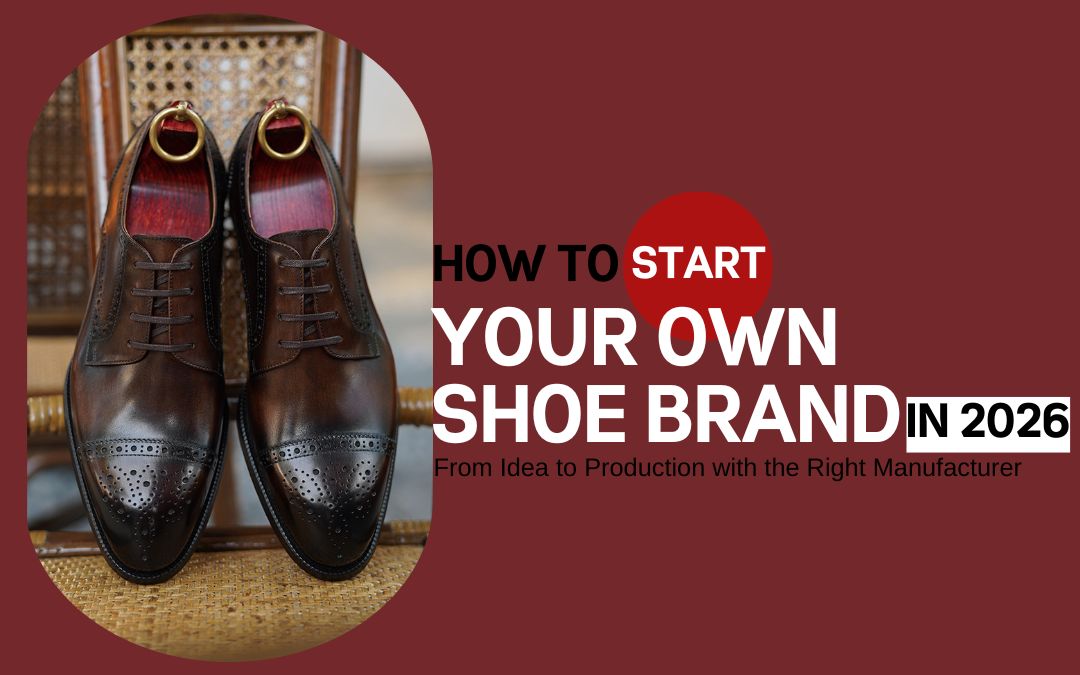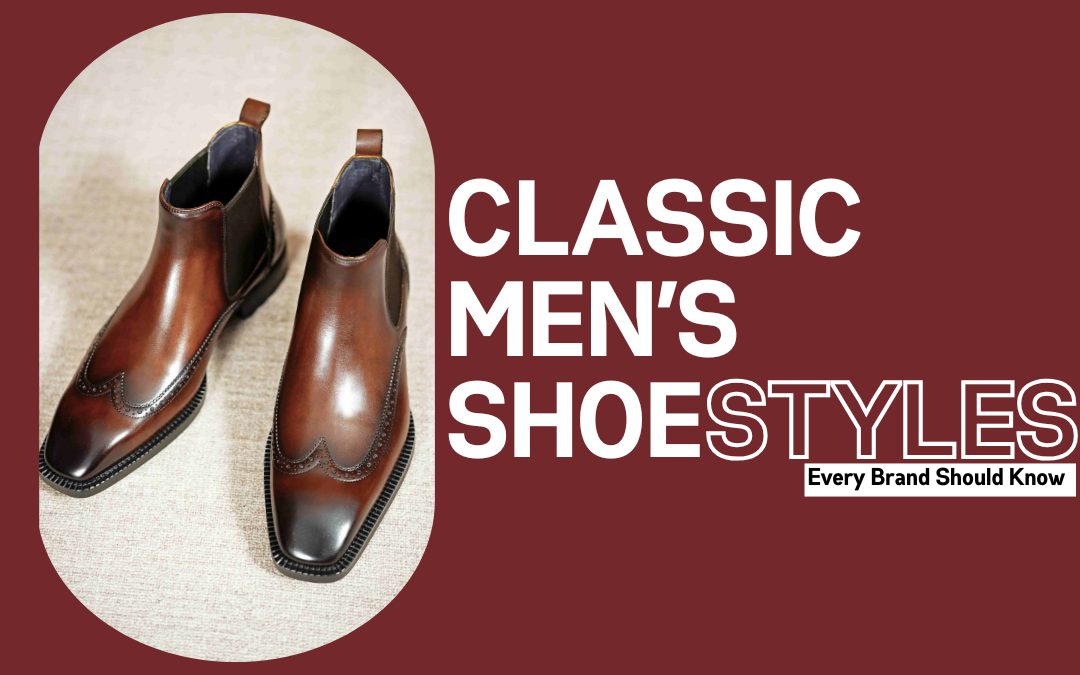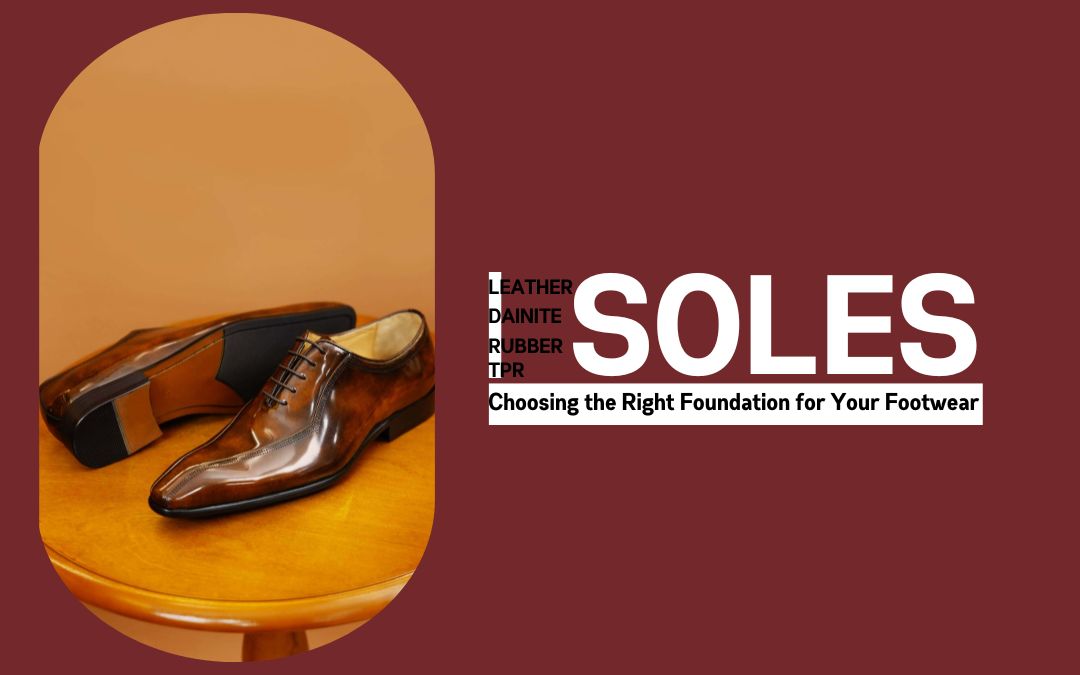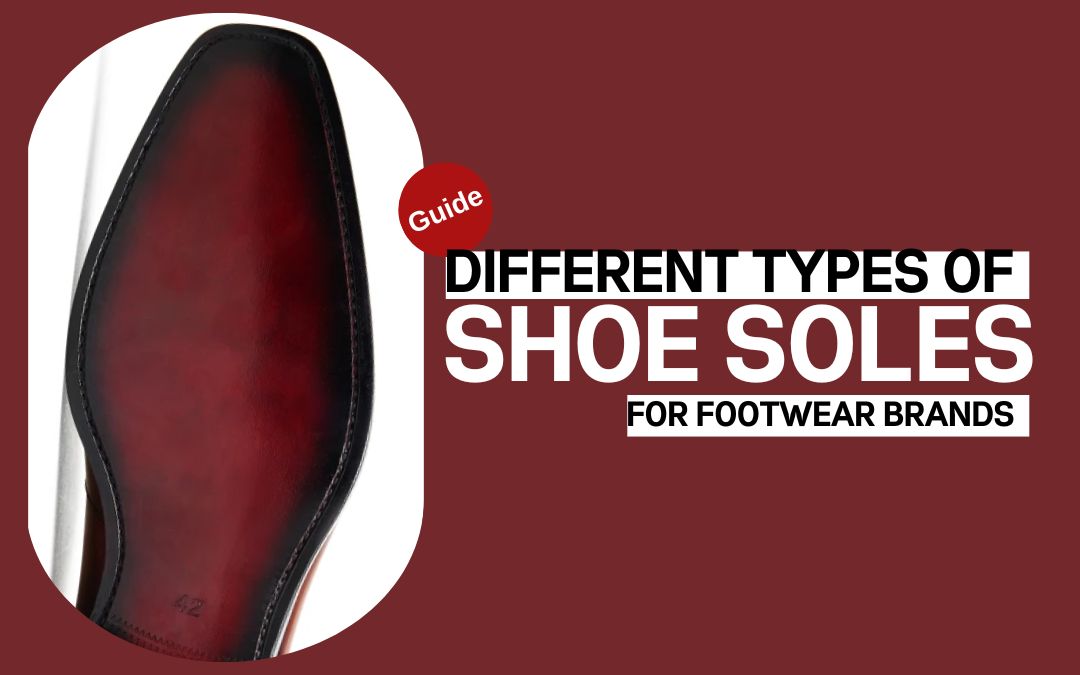Introduction: The Rise of Independent Footwear Brands in 2026
In 2026, the footwear industry is experiencing a shift. The global market is moving away from generic mass-produced shoes and embracing niche, high-quality, and story-driven footwear brands. Today’s consumers are no longer solely focused on price; they seek authenticity, individuality, and craftsmanship, making this the ideal time to launch your own shoe brand.
Advancements in technology, the flexibility of OEM (Original Equipment Manufacturer) production, and the ease of reaching customers through online platforms have lowered the barriers to entry for aspiring footwear entrepreneurs. Starting a shoe brand has never been more accessible, and for those who are willing to put in the work, the potential for success is significant.
However, your brand’s success will hinge on more than just a great idea. The right manufacturing partner will be essential to bring your vision to life, ensuring both craftsmanship and market demands are met.
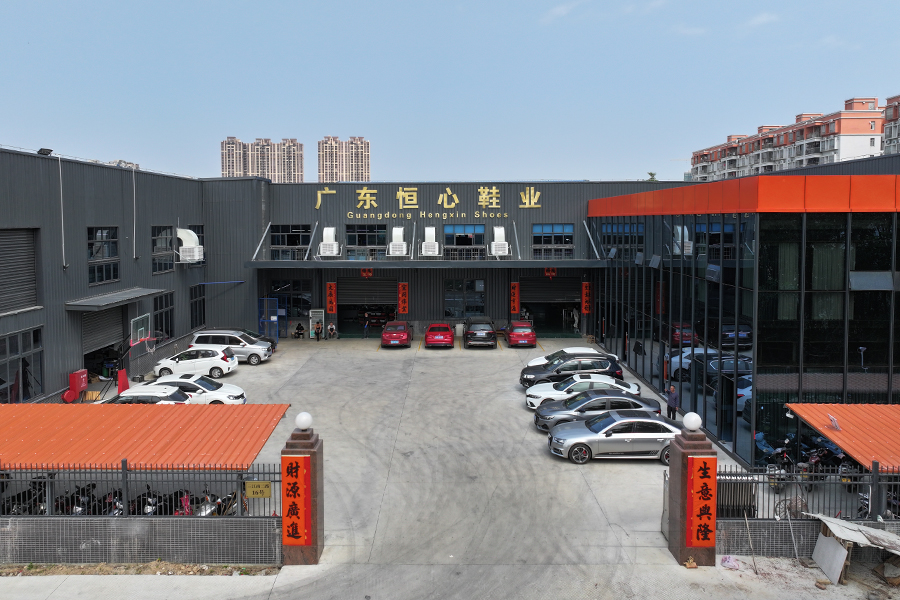
Step 1: Define Your Brand Vision and Market Position
Identify Your Niche
The first step in building a successful shoe brand is to identify your target audience and carve out a niche. Ask yourself: Who are you designing for? Business professionals? Luxury buyers? Casual fashion enthusiasts? Understanding your target market is key to shaping your product offerings and messaging.
Next, determine the type of footwear that will represent your brand. Will you focus on dress shoes, such as Oxfords or Derbys? Or are you more inclined to design boots or sneakers? Defining your style direction early on will allow you to build a cohesive and attractive brand.
It’s also essential to strike a balance between innovative design and timeless appeal. While it’s important to stay on-trend, classic styles with a modern twist often offer longevity and broader market appeal.
Build Your Unique Brand Identity
Developing a strong, authentic brand identity will set you apart in the competitive footwear market. Start by creating a logo that embodies your brand’s essence. Your packaging should also reflect your brand’s DNA—be it luxury, sustainability, or craftsmanship.
Select materials and color palettes that align with your identity. Whether you choose rich, full-grain leather or soft suede, ensure that the materials tell a story about the brand you’re building. Additionally, plan for scalability—starting with a focused collection and expanding as you establish your market presence.
Step 2: Choose the Right Shoe Manufacturer
What to Look for in a Manufacturing Partner
Choosing the right manufacturer is crucial. First and foremost, you want a partner with a deep understanding of craftsmanship and technical expertise. Look for factories skilled in high-end shoe construction methods such as Goodyear welt and hand-painted patina finishes. These techniques will elevate the quality of your shoes, ensuring they stand out in a crowded market.
Production flexibility is also key, especially for small to mid-sized brands. You need a manufacturer that is comfortable working with small minimum order quantities (MOQs) and can accommodate your unique needs. OEM and ODM capabilities—meaning the ability to help with design support, pattern development, and sample making—are essential for guiding your startup through the process.
The Advantage of Partnering with an Experienced Manufacturer
Long-term success relies on consistent quality and a trustworthy relationship with your manufacturer. A reliable manufacturer will not only provide technical expertise but will also foster transparent communication, ensuring that your design vision is faithfully executed throughout production.
An excellent example of this is Hengxin, which has over 14 years of experience in crafting high-quality men’s footwear. Known for its Goodyear welt and hand-painted patina finishes, Hengxin offers OEM/ODM solutions to small and medium-sized brands, enabling them to launch premium, crafted footwear collections without compromising on quality or design.

Step 3: Design and Develop Your First Collection
Work Closely with Your Manufacturer
Once you’ve selected your manufacturer, it’s time to turn your ideas into tangible products. Begin by sharing your sketches, inspirations, or samples with your manufacturer. This will help ensure that your designs are accurately translated into prototypes.
Work closely with your manufacturing partner to choose materials that match your target price point and brand aesthetic. Whether you’re using premium full-grain leather or exploring custom patina finishes, material selection is key to conveying your brand’s story.
Fit, comfort, and finish are also important aspects of the design process. Make sure to test and refine your prototypes. Testing the shoes for durability, comfort, and aesthetic appeal will ensure that your collection stands up to consumer expectations.
Add Craftsmanship Value
To make your brand stand out, incorporate artisanal craftsmanship into your footwear. Techniques such as Goodyear welt construction provide durability and timeless appeal, while hand-painted patina finishes create unique aesthetics that highlight your brand’s artistic side.
This blend of traditional techniques and modern design can help elevate your shoes and add value, making them not only functional but also visually distinct in the competitive footwear market.
Step 4: Manage Production and Scale Your Business
Start Small, Think Big
While your first collection should be manageable in terms of volume, it’s important to think long-term. Launching with limited runs allows you to test the market and gather valuable customer feedback. Use this data to adjust designs, refine fit, and ensure your next collection is even more successful.
Once your products have gained traction and you have a clearer understanding of your customers’ preferences, consider gradually expanding your offerings. Scale your business by adding more styles and increasing your SKU count as demand grows.
Quality Control and Supply Chain Management
Maintaining quality is crucial to the success of your shoe brand. Partner with manufacturers who prioritize stringent quality control processes, ensuring that every pair is crafted to your exact specifications. Request detailed QC reports and visual checks before shipping to prevent issues in the final product.
A professional manufacturer, like Hengxin, will ensure that each pair of shoes meets the highest standards, consistently delivering quality across all production stages.
Brand Growth Strategies
As your brand grows, it’s important to adopt strategies that keep your audience engaged. Digital marketing will be crucial—use social media, email campaigns, and influencer partnerships to spread the word about your footwear. Additionally, create seasonal collections to stay relevant and in tune with customer needs.
Finally, focus on customer loyalty. Offer exceptional customer service, ensure your shoes fit comfortably, and maintain consistent style and quality to build long-lasting relationships with your buyers.
Conclusion: Turning Vision into a Viable Shoe Business
Starting a footwear brand in 2026 is a strategic move. By partnering with the right manufacturer, defining your niche, and focusing on high-quality craftsmanship, you can create a brand that not only stands out but also thrives in a competitive market.
Success depends on finding a partner who values both craftsmanship and collaboration. With over 14 years of experience in Goodyear welt construction and patina finishing, Hengxin continues to support aspiring brands, helping them build footwear collections that are premium, distinctive, and built to last.

FAQ
How do I find a reliable shoe manufacturer for my brand?
Start by researching manufacturers that specialize in the type of footwear you want to create. Look for manufacturers with proven expertise in craftsmanship, transparent communication, and flexible production options.
What’s the difference between OEM and ODM in shoe manufacturing?
OEM (Original Equipment Manufacturer) involves providing pre-designed products for brands to sell, while ODM (Original Design Manufacturer) allows brands to collaborate with manufacturers on custom designs and prototypes.
What makes Goodyear welt construction important for brand positioning?
Goodyear welt construction is known for its durability, longevity, and the ability to be resoled, making it a desirable construction method for brands that want to position themselves as premium or luxury.
How can I create unique designs using patina hand-coloring?
Patina hand-coloring allows you to create rich, layered finishes that give each pair of shoes a one-of-a-kind look. By carefully applying multiple layers of color, you can achieve a depth and texture that mass-produced shoes cannot replicate.

